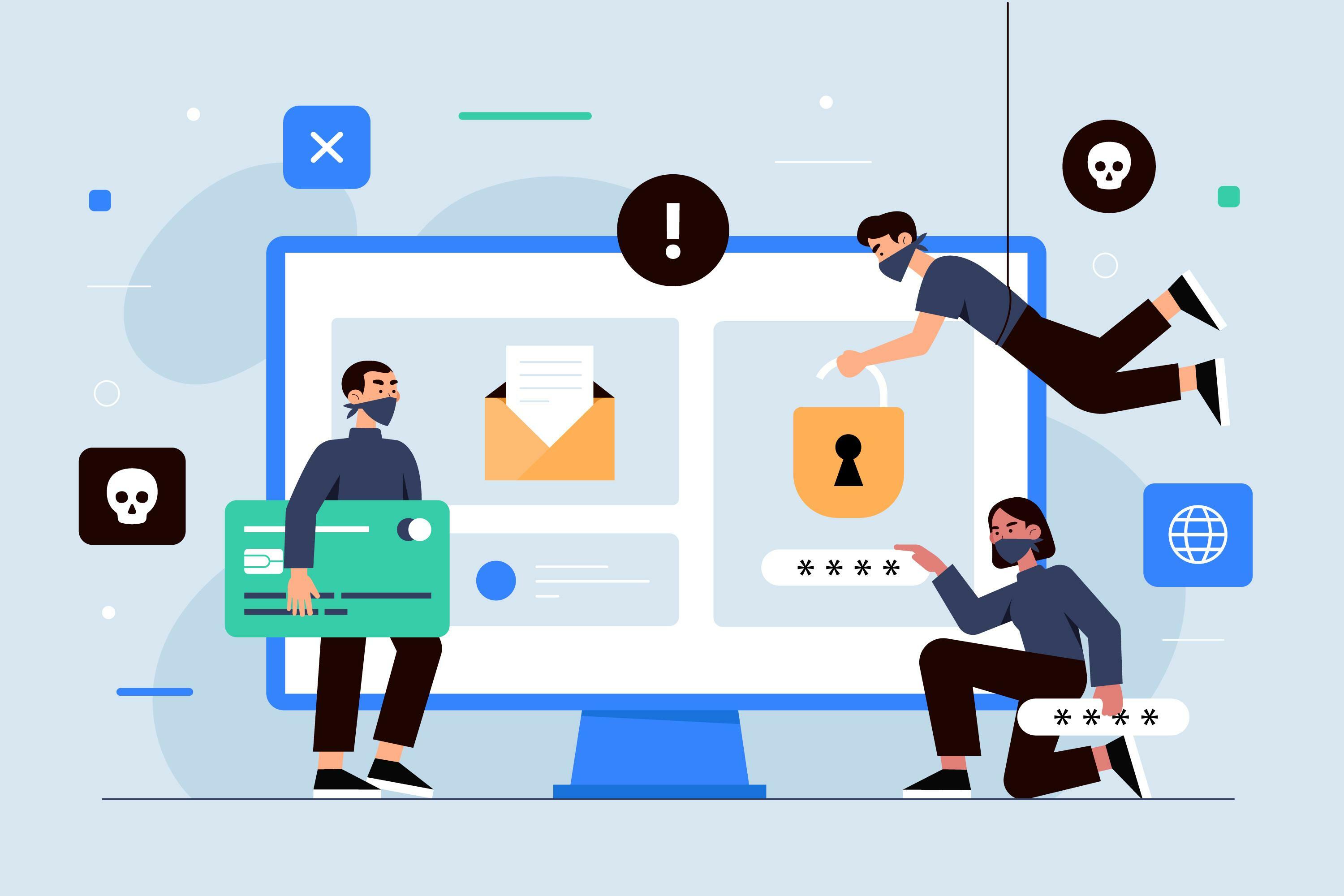
Injection Attacks: What Are They & How Can They Be Prevented?
Of all the threats to website security that exist, injection attacks are among the most serious. These attacks occur when an attacker inserts malicious code into a website's input fields or data fields that allow them to perform actions such as stealing sensitive data or compromising website servers.
Injection attacks are common and can often be devastating. That's why the Open Web Application Security Project (OWASP), a globally recognized authority on web security, consistently includes injection attacks in the OWASP Top Ten list of critical web vulnerabilities.
To help you safeguard your website and web applications from these attacks, let's take a deep dive into what injection attacks are, why they happen, and how to prevent them.
What is an injection attack?
Injection attacks exploit flaws in a website's input validation. When user input isn’t properly validated, it allows an attacker to “inject” malicious code into the system. This code can then directly interact with databases, operating systems, or web applications to steal data or perform other harmful functions.
To learn more about website vulnerabilities like improper input validation and how hackers exploit them, check out our guide on the most common vulnerabilities.
Common types of injection attacks
There are numerous types of specific attacks that fall under the umbrella of injection attacks, including:
SQL injection (SQLi)
Websites that use SQL databases are often vulnerable to SQL injection. By inputting malicious SQL code into form fields or URL parameters, attackers can trick the site into executing harmful database commands. For example, a payload as simple as "OR 1=1" can allow attackers to bypass login pages, expose entire databases, or even delete records.
Command injection
Command injection attacks exploit vulnerabilities in how a website uses system-level functions. This lets attackers execute operating system commands like installing malware or accessing system files.
Code injection
Code injection happens when malicious code is injected into a website's backend. The vulnerability that allows this is often caused by functions like eval(), and code injection can allow attackers to access sensitive data or manipulate website behavior.
Cross-site scripting (XSS)
Cross-site scripting allows attackers to inject malicious scripts that are executed in users’ browsers when they visit a compromised web page. Unlike code injection, though, these scripts are designed to execute in the user's browser, allowing the attacker to steal user data, redirect users, or otherwise alter the functionality of the page the user is attempting to visit. Since XSS attacks directly target a website's users, they can be particularly damaging to a business's reputation.
Other variants
The types of injection attacks we've covered so far are just some of the more common ways that attackers inject malicious code into a website. Other variants of injection attacks include:
NoSQL Injection: Exploits NoSQL databases by using malformed input to manipulate data.
LDAP Injection: Targets Lightweight Directory Access Protocol (LDAP) queries, allowing attackers to access and manipulate directory services.
XPath Injection: Manipulates XML path queries to access sensitive data.
XML Injection: Alters XML data or structure to modify application behavior or bypass logic.
Remote File Inclusion (RFI): Allows attackers to include external malicious files in the server-side script.
Why do injection attacks happen?
Injection attacks often occur due to common security oversights in web development. Key causes include:
Poor input validation: Applications that trust user input without proper validation can be easily exploited.
Outdated software: Vulnerabilities in outdated CMS platforms, plugins, or APIs can be targeted by attackers.
Insecure coding practices: Using string concatenation in database queries or calling unsafe functions increases the risk of injection.
Addressing these issues through secure coding, regular updates, and robust input validation is essential for reducing your website’s exposure to injection attacks.
Consequences of injection attacks
Injection attacks can lead to a lot of devastating consequences for website owners, including:
Data breaches: Attackers can access and steal sensitive user or business data.
Unauthorized access: Compromised credentials can lead to privilege escalation.
Website defacement and malware: Sites may be altered or infected with malicious code.
Full server compromise: Severe attacks can provide root-level control to hackers.
Long-term brand damage: Trust erosion and search engine penalties can follow.
How to prevent injection attacks
The consequences of a successful injection attack are dire, but the good news is that they can be effectively prevented with proper security protocols and tools. To avoid having your website fall victim to an injection attack, here are the steps you should take:
Use parameterized queries and prepared statements
Parameterized queries and prepared statements should be used in all SQL, NoSQL, and LDAP environments. This will ensure that input is handled safely and cannot alter the intended commands.
Validate and sanitize user input
All user input should be validated and sanitized using whitelists rather than blacklists. Validate inputs for type, length, and format, and remove any potentially dangerous characters.
Apply secure coding practices
Developers should avoid using functions like eval(), exec(), or unvalidated includes. It's also important to use stored procedures with care, making sure they don't accept raw input without checks.
Deploy a web application firewall (WAF)
A high-quality web application firewall (WAF) can help protect websites against a variety of threats, including injection attacks. They work by filtering all traffic on your website to block malicious inputs and known attack patterns.
Keep software and plugins updated
We've already mentioned that outdated software and plugins can leave a website vulnerable to injection attacks, but it bears repeating. Be sure to regularly update your CMS, plugins, APIs, and other software so that known vulnerabilities will be patched.
Conduct regular security testing
Regular security testing can go a long way toward helping you identify vulnerabilities on your website. Practices such as penetration testing, code reviews, and automated vulnerability scans allow you to identify threats before they are exploited.
Additional best practices
We've covered the most important keys to preventing injection attacks, but here are some additional best practices you can use to keep your website secure:
Principle of least privilege: Limit access permissions to only what’s necessary.
Log monitoring: Set alerts for unusual or suspicious behavior.
Output encoding: Encode HTML, JavaScript, and URL output to prevent execution of injected scripts.
Content Security Policy (CSP): Helps mitigate XSS by restricting script sources.
Partner with SiteLock to stop injection attacks
Injection attacks come in a lot of different forms, and they can all be highly damaging to both your website and your business's reputation. To protect yourself against these all-too-common threats, a proactive approach that combines secure coding and layered security is key.
With SiteLock's comprehensive website security packages, you can access all the tools and services you need to protect your website against injection attacks and a wide range of other attacks. SiteLock offers malware scanning, malware removal, vulnerability patching, a web application firewall, and more to help website owners completely secure their site with just a single solution.
Ready to strengthen your website's defenses against injection attacks and other threats? Compare our plans to see which one is the right choice for you.





